Devika Gopakumar was raised in Canada, Germany and India. She recently completed her undergraduate degree in chemistry at the University of Toronto under the supervision of Professor Mitchell Winnik, where she investigated the surface modification of cellulose nanocrystals for imaging mass cytometry and radioimmunotherapy.
Devika now works in the group of Professor Anatole Von Lilienfeld, whose group works on theoretical and computational methods for the quantum mechanics-based exploration of chemical compound space.

Program: Summer 2024 Graduate
Campus: St. George
Area of Interest: Physical Chemistry
We asked:
You've only just finished your undergraduate degree here at U of T and are preparing to enter an MSc program, is that right?
Yes, I just finished my undergrad in the summer, and I am very eager to start my Master’s degree in the fall!
How did your interest in chemistry get its initial spark?
I grew up in research campuses, as my father is an astrophysicist. As a result, I was exposed to a lot of cutting edge science from a very young age. I remember walking into one of my father’s colleague's nanomaterials lab, and being just blown away with the all the fascinating science that was going on in the lab, such as the size-induced stabilization of crystal structures.
I also think that the science outreach experiments involving glycerol and potassium manganate (VII) to produce flames was really interesting when I was in school, but I think that could be because most high schoolers really like the thought of arson.
What course have you taken here that has seemed especially remarkable or surprising?
Not to be biased, but I do think that my supervisor’s course, CHM 328 on Modern Physical Chemistry was really fun and changed the way I viewed chemistry. I was really excited by the way that the field of statistical thermodynamics used statistical methods to bridge my previous understanding of quantum mechanics of atoms to explain the behaviour of more compelx macroscopic chemical systems.
I also loved my experimental physical chemistry course, CHM 327, where I was able to design my own physical chemistry experiments. My experiment was called ‘Watching Paint Dry’ and yes, it was more complicated than watching paint dry. We were testing how the hydrophobicity of a surface can affect oil and water based paint’s adhesion to it.


